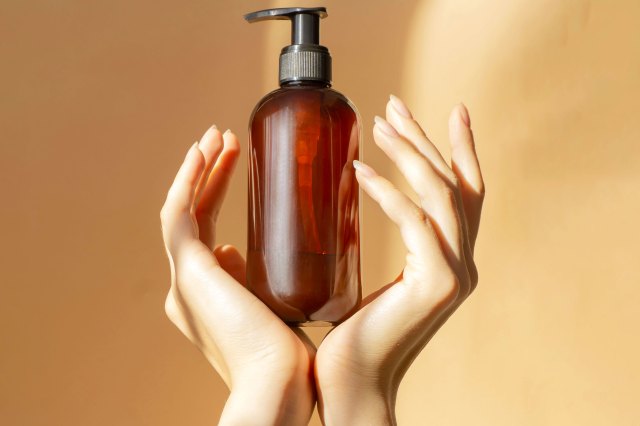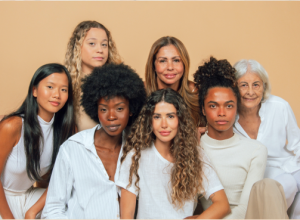Depending on how often you wash your hair, and how much product you use each time, a bottle of shampoo could last you anywhere from a few months to more than a year. But will it still be OK to use a year from now? What about that half-empty container you stashed under the sink when you switched brands — is that still good?
The answer isn't a simple yes or no. Like other beauty products, shampoo does have a shelf life, or a period of time when it's considered safe and effective for use. However, the FDA doesn't require an expiration date on most cosmetics, and unlike food, shampoo may not look or smell obviously spoiled, so it could be difficult to tell if and when it's past its prime. (Note: This is not the case for shampoos intended for medical use, such as anti-dandruff shampoo; these are regulated as both cosmetics and drugs, and therefore are required to have expiration dates printed on the label.)

How Do You Know If Your Shampoo Is Expired?
An unopened, factory-sealed bottle of shampoo could last a few years in some cases, but once opened, it'll start to degrade more quickly. That's why many companies include a "period-after-opening" (PAO) symbol, which indicates how long a product is generally safe to use after it's been opened for the first time. The symbol typically looks like an unlidded jar with a number and the letter "M" printed on it, representative of its PAO in months. If the PAO is "12M," for example, it should be good for one year from when you first break the seal, assuming you store it correctly.
The PAO of a shampoo may be as short as six months or as long as 24 months, depending on the brand and the ingredients used. Synthetic shampoos, for example, likely contain more preservatives than natural shampoos. Other factors can affect the product's shelf life, too, including exposure to sunlight, temperature changes, and microorganisms. Even just leaving it uncapped can cause it to lose its effectiveness sooner. And if you don't know when you opened the bottle, the PAO may not mean anything to you anyway.
In that case, you may have to do a little detective work. If you can, unscrew the cap and make note of any changes in the shampoo's consistency, appearance, or smell: Is it lumpy or greasy? Have the ingredients separated to form layers in the bottle? Does it smell slightly sour, or has the scent faded to nothing? All of these are signs that your shampoo may be expired and it's time to throw it out.

What Happens If You Use Expired Shampoo?
Unlike spoiled food, expired shampoo probably won't have an immediate or drastic effect on your health. In fact, you may not notice the effects of using expired shampoo right away, or at all — but that doesn't mean it's a good idea. "Expired products are more likely to have decomposed or get contaminated with microbes," Dr. Dina Strachan, a board-certified dermatologist in New York City, cautions. In either case, the ingredients may become unstable, and bacteria or mold may start to grow. (Your bathroom, not surprisingly, is a prime breeding ground for both.) This could potentially irritate your scalp, causing itching or dryness.
Even if that doesn't happen, you may notice that expired shampoo just doesn't work as well. Your strands might look dull or lifeless, for example, or you may feel that your hair doesn't feel clean or refreshed. If your shampoo suddenly stops working the way it used to, or the way it should, check the PAO and consider tossing it and replacing it with a new bottle.
This article is for general informational purposes only.
Affiliate Disclaimer Medical Disclaimer






 Unique Beauty is free for all users.
Unique Beauty is free for all users.